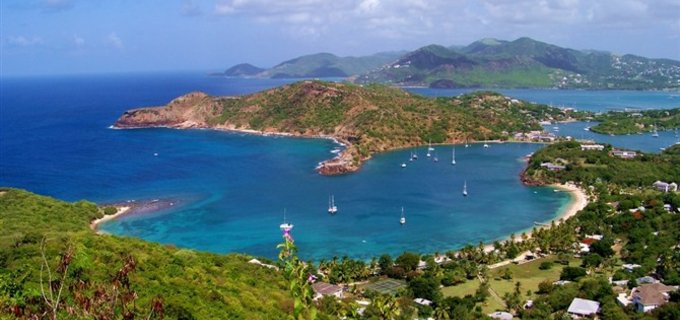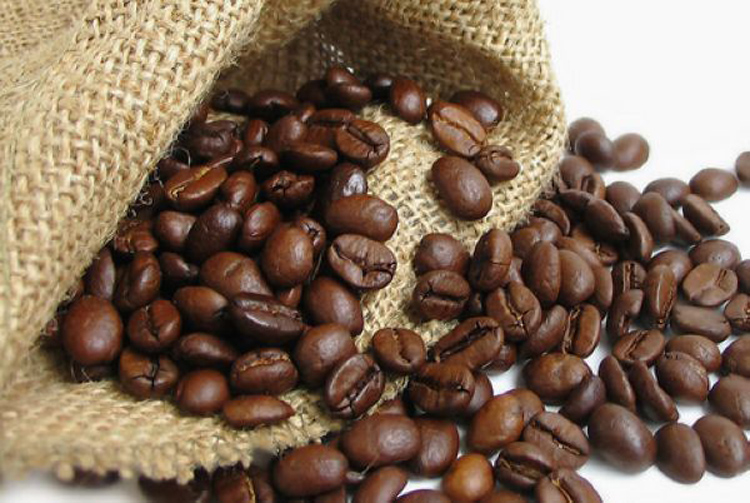Coffee beans American coffee Guatemala Antigua coffee recommended by China Coffee Network
Guatemala coffee producing area II: Antigua coffee.
Guatemala Antigua Coffee
Antigua Valley is Guatemala's oldest and best-known coffee-producing region. Volcanoes and shallow water tables create a dry microclimate characterized by low humidity, plenty of sun and cool nights.
Antigua is an enclosed valley surrounded by three volcanoes: Agua, Acatenango and Fuego. Antigua is flat and slightly sloping, unlike other coffee producing areas located in volcanic areas.
Most coffee trees are grown in the heart of the valley, but even so, elevation has reached 5000 feet; in addition, some farmers grow coffee on the slopes of volcanoes, at elevations approaching 5600 feet.
The extremely high pumice content of Antigua soil (from the active Fuego volcano) keeps humidity constant at 65% year-round, which is very different from other volcanic coffee producing areas, where humidity usually varies greatly between dry and wet seasons.
Fertile volcanic soils, low humidity, plenty of sunshine and cool nights all make Antigua unique.
The majestic three volcanoes Agua, Acatenango and Fuego surround Antigua Valley. Every once in a while, Fuego-one of three active volcanoes in Guatemala-adds fresh ash rich in minerals to Antigua's soil. Volcanic pumice in the soil keeps the soil moist, making up for Antigua's low rainfall-the lowest of Guatemala's eight coffee-producing regions.
Like all Guatemala specialty coffees, Antigua coffee is grown in shade. In Antigua, shade is mainly used to protect coffee trees from frost, which sometimes occurs during the colder nights from December to February. The dense shade combined with the shallow aquifer creates a unique microclimate for the coffee trees that inhabit it.
Antiguan Coffee Reviews:
Aroma 7.8; Flavor 7.85; Acidity 7.95; Balance 7.63; Overall 7.78; Alcohol 7.85; Aftertaste 7.60
Delicate, balanced, with rich aromas and excellent sweetness.

Important Notice :
前街咖啡 FrontStreet Coffee has moved to new addredd:
FrontStreet Coffee Address: 315,Donghua East Road,GuangZhou
Tel:020 38364473
- Prev

Introduction to Coffee Bean producing areas-- characteristics of Honduran Coffee from Honduras in South America
Well-known representative coffee: Honduran coffee seems strange to many coffee drinkers. When it comes to coffee production, the geographical conditions of Honduras are no less than those of neighboring coffee-producing countries such as Guatemala and Nicaragua. However, in the past, Honduras was more well-known in the consumer market because it did not have strong support in the handling and transportation of raw beans.
- Next

China Coffee Network recommends Panama Poquet Caesar Louis Manor washed fine coffee cooked beans
Coffee was introduced to Panama in 1780, when Europeans brought in the first Typica species. After this mysterious and strange drink conquered the senses of Panamanians, the locals began to cultivate it. Casa Ruiz, S.A. The estate, founded in 1920, is located in the Boquete region of Baru Volcano.
Related
- Does Rose Summer choose Blue, Green or Red? Detailed explanation of Rose Summer Coffee plots and Classification in Panamanian Jade Manor
- What is the difference between the origin, producing area, processing plant, cooperative and manor of coffee beans?
- How fine does the espresso powder fit? how to grind the espresso?
- Sca coffee roasting degree color card coffee roasting degree 8 roasting color values what do you mean?
- The practice of lattes: how to make lattes at home
- Introduction to Indonesian Fine Coffee beans-- Java Coffee producing area of Indonesian Arabica Coffee
- How much will the flavor of light and medium roasted rose summer be expressed? What baking level is rose summer suitable for?
- Introduction to the characteristics of washing, sun-drying or wet-planing coffee commonly used in Mantenin, Indonesia
- Price characteristics of Arabica Coffee Bean Starbucks introduction to Manning Coffee Bean Taste producing area Variety Manor
- What is the authentic Yega flavor? What are the flavor characteristics of the really excellent Yejasuffi coffee beans?

